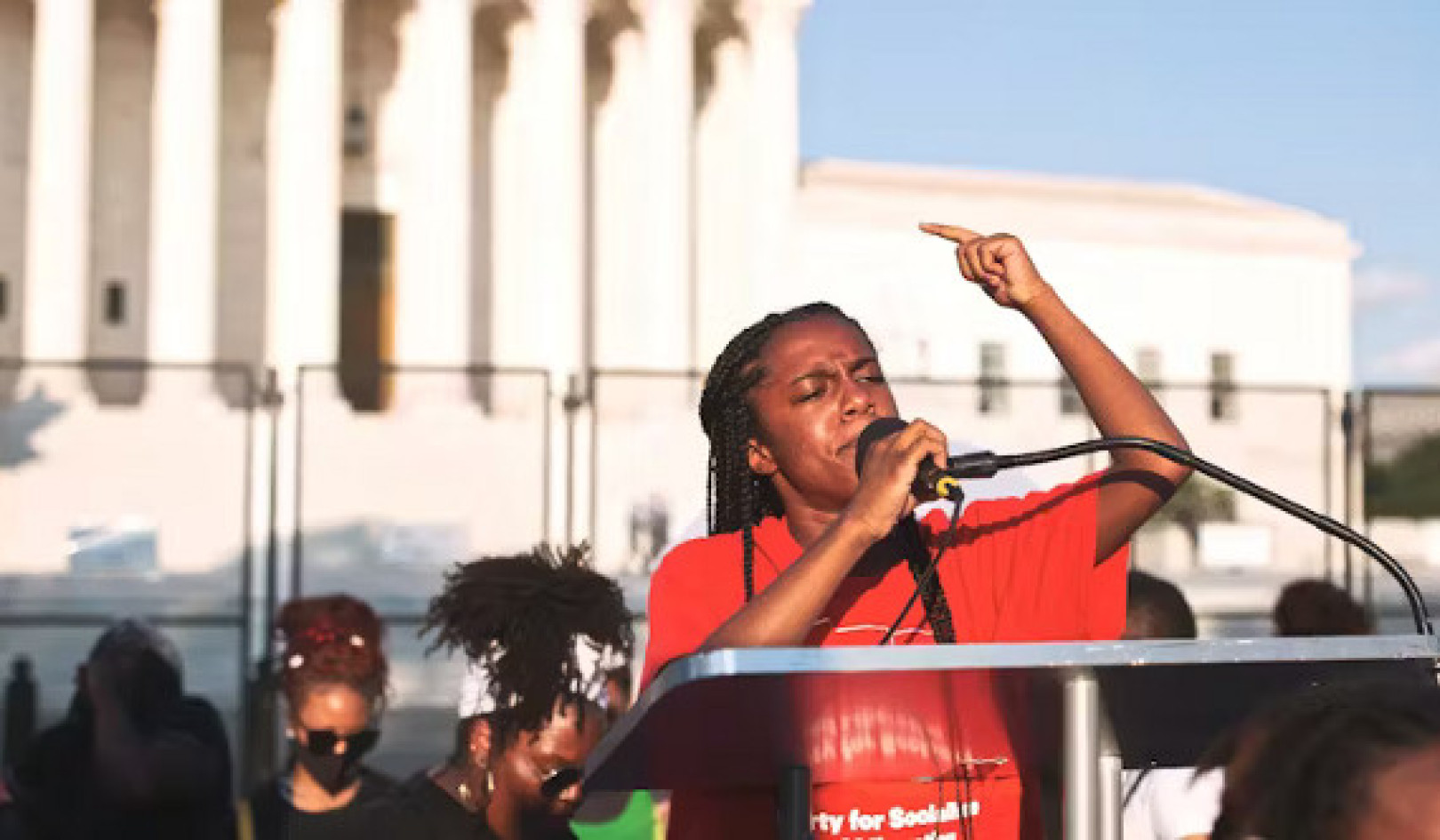
Proponents of “school choice” say that voucher programs—which allow parents to use state education funds to enroll their children in private schools—promote learning by providing access to different types of schools and by fostering competition that motivates public schools to improve.
But there’s no evidence that voucher programs significantly increase test scores—and at best have only a modest impact on high school graduation rates, according to a new report that shows the risks they pose outweigh any advances.
“The evidence is very weak that vouchers produce significant gains in learning,” says Martin Carnoy, professor in the Stanford University Graduate School of Education. “They also carry hidden costs, and they’re distracting us from other solutions that could yield much higher returns.”
The report, published by the Economic Policy Institute (EPI), began shortly after Betsy DeVos was nominated to serve as US Secretary of Education. DeVos, who was confirmed February 7, has pushed for the expansion of school vouchers nationwide.
Public accountability pays off
For the study, Carnoy analyzed research conducted over the past 25 years, including studies of programs in Milwaukee, New York City, Washington, DC, Indiana, and Louisiana. Most studies have evaluated the impact of vouchers through test scores (as a proxy for student achievement) and high school graduation and college enrollment rates (indicators of school performance).
In Milwaukee, where the nation’s second-largest (after Indiana’s more recent) voucher program has been operating for almost 20 years, only a quarter of students attend their neighborhood school. “If choice were the answer, Milwaukee would be one of the highest-scoring cities in the country,” Carnoy says.
But test score data from the National Assessment of Educational Progress (NAEP) tell a different story. Among black eighth-graders in 13 urban school districts, Milwaukee—where black students make up more than 70 percent of all voucher recipients—ranked last in reading and second-to-last in math.
In cases where test scores did improve, the increase appeared to be driven by increased public accountability, not vouchers. A four-year study in Milwaukee found no greater gains in state test scores among voucher students attending private schools until the legislature announced that all private schools accepting voucher students would be required to take the test and that the results would be made public.
Publicizing the results for the first time pressed these schools to focus more teaching on elements that might appear on the test, which helped increase their scores.
While research has found some small gains in voucher schools’ graduation and college enrollment rates, there’s no evidence indicating whether this was due to private school competition—as free-market proponents contend—or to private high schools’ willingness to shed less-motivated students.
The cost of vouchers
The report also disputes the common claim that vouchers cost less per student than traditional public education. “The cost argument is flawed,” Carnoy says, because the savings that private schools enjoy couldn’t be sustained if voucher programs were implemented much more widely.
For one thing, a private school that accepts vouchers can ease out low-performing students, even if initially required to admit them by lottery. Also, administering a voucher plan is expensive: Carnoy cited research estimating that record-keeping, student transportation, and other costs associated with vouchers could raise public educational costs by 25 percent or more.
One alarming long-term cost of a voucher system, Carnoy says, is the impact it could have on the teaching pipeline. Public education’s tenure and pension system offers security that compensates for relatively low pay and that helps to retain experienced teachers. Without these benefits, fewer young teachers would be likely to enter and remain in the profession.
Private schools in a largely public system save money by hiring young teachers who seek training and experience and have the option to go on to competitive positions at public schools. A mainly private system would eliminate the salary and tenure benefits of the public system, exacerbating the teacher shortage and diminishing teacher quality on average.
“Supporters make the argument that vouchers are still cheaper, even if they don’t produce gains, but they’re using a false measure of the real cost of these schools,” Carnoy says.
Other options
The report also draws attention to policies and programs that have been shown to improve student learning.
“There are many policy changes that are likely to have much higher payoffs than privatization,” says Carnoy, including teacher training, early childhood education, after-school and summer programs, student health programs and heightened standards in math, reading and science curricula.
These strategies appear to generate far more meaningful results than those estimated for voucher students, he says. And given the potential downsides, expanding voucher programs just for slightly higher graduation rates “seems rather unreasonable.”
Source: Carrie Spector for Stanford University
Related Books
at InnerSelf Market and Amazon





























